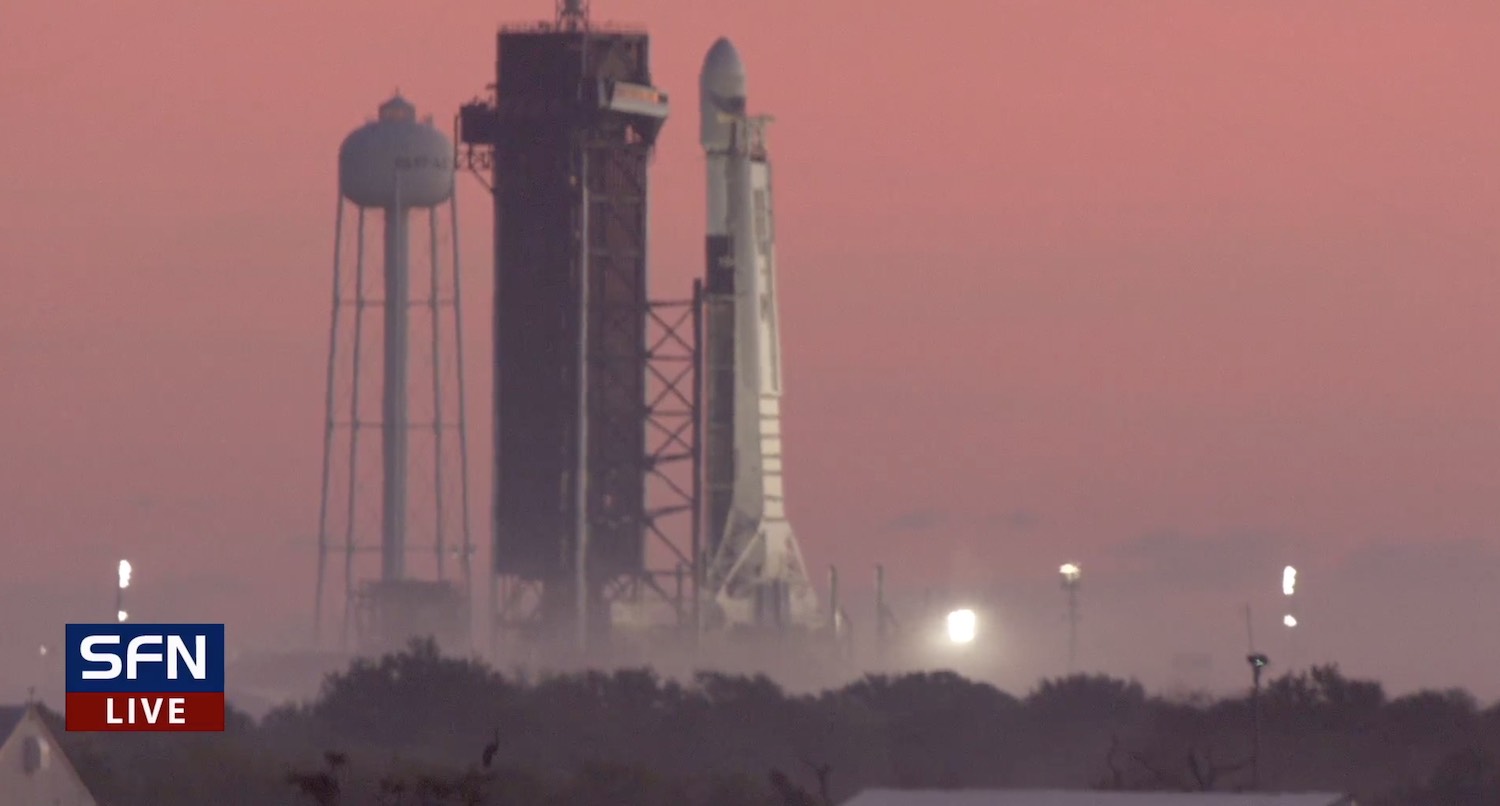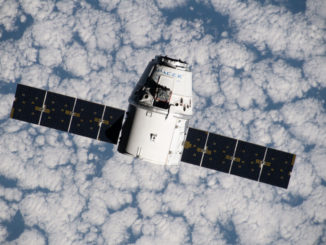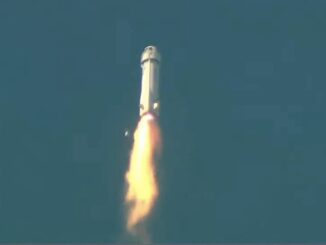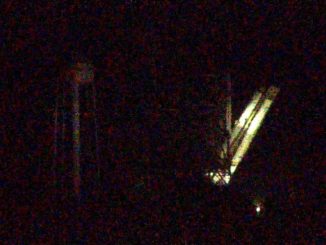
SpaceX has postponed its next launch of Starlink internet satellites from Wednesday after a Falcon 9 booster missed a landing attempt on an offshore drone ship during an otherwise successful mission Monday night.
The company aimed to launch a Falcon 9 rocket at 12:55 a.m. EST (0555 GMT) Wednesday from pad 39A with roughly 60 Starlink satellites, but SpaceX put a hold on launch preparations Tuesday, when the Falcon 9 was expected to roll out to the seaside launch complex at the Kennedy Space Center in Florida.
A new launch date for the Falcon 9 launch, already delayed since late January by technical issues, was not immediately available.
A different Falcon 9 rocket took off at 10:59 p.m. EST Monday (0359 GMT Tuesday) from nearby pad 40 at Cape Canaveral Space Force Station, and successfully delivered its 60 Starlink payloads into orbit. But the first stage booster crashed at sea, missing SpaceX’s rocket landing platform in the Atlantic Ocean.
Something appeared to go wrong with the booster’s entry burn, which helps guide the rocket toward its landing site and slow it down for its final descent. A live video feed from an on-board camera showed the rocket trailing a fiery plume after the end of the entry burn, moments before telemetry data from the vehicle cut off. A camera from SpaceX’s drone ship showed an orange glow in the sky as the rocket fell into the Atlantic.
The booster flown on Monday’s mission — designated B1059 — was on its sixth trip to space. SpaceX says the most recent version of the Falcon 9 booster can make 10 flights with only inspections and minor refurbishment in between missions, and can fly on additional launches after a major overhaul.
SpaceX’s most-used Falcon 9 booster has flown eight times.
The company’s recovery and reuse of Falcon 9 first stages is unparalleled in the launch industry. No other commercial launch company has landed and reused boosters on orbital-class missions. Going into Monday night’s launch, SpaceX had recovered Falcon booster cores 74 times since 2015, including 24 straight successful landings since the last time the company lost a first stage in March 2020.
The loss of a rocket stage was widely expected to garner an investigation at SpaceX, with possible impacts the company’s near-term launch schedule. An analysis of the failed rocket landing may have triggered the launch delay of the Falcon 9 mission waiting to take off from pad 39A.
SpaceX has six Falcon 9 boosters left in its inventory. Three of those are earmarked for future missions for NASA and the U.S. Space Force: SpaceX’s next crew launch to the International Space Station in April, and launches with a GPS satellite and NASA asteroid probe in July.
SpaceX is building more Falcon cores, including boosters for the next triple-body Falcon Heavy launch later this year, but none are on the cusp of reaching the launch pad.
While the once-experimental rocket landings are a secondary objective on each mission, the successful recovery of Falcon boosters is more critical than ever for SpaceX’s ability to maintain its high-tempo launch cadence, especially for flights adding to the company’s Starlink internet network.
The launch Monday night was SpaceX’s third in less than a month dedicated to the multibillion-dollar Starlink program, and officials planned two more Starlink missions before the end of February: One on Feb. 17 — now delayed indefinitely — and another from pad 40 on Feb. 25, according to airspace and maritime warning notices.
Email the author.
Follow Stephen Clark on Twitter: @StephenClark1.



